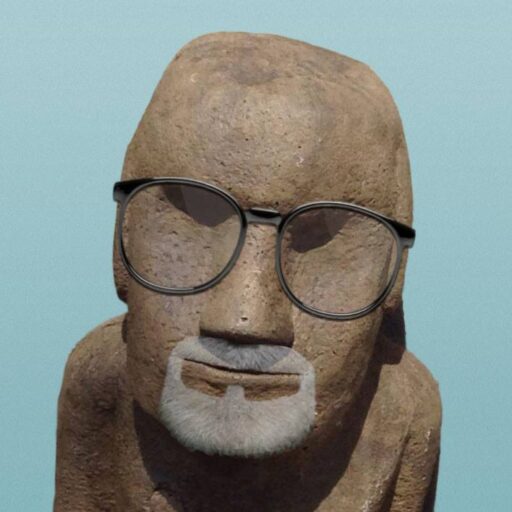 Cold Hand in Mine is a collection of eight strange stories (as the author liked to describe them) by Robert Aickman (1914-1981), first published in 1975. It is the fourth collection reviewed here, and in many ways, the best.
Cold Hand in Mine is a collection of eight strange stories (as the author liked to describe them) by Robert Aickman (1914-1981), first published in 1975. It is the fourth collection reviewed here, and in many ways, the best.
The contents are as follows. Plot details are omitted to allow you the enjoyment of a cold read.
- The Swords. A lonely young businessman strikes up a relationship with an exotic woman who, like her carnival act, is simultaneously attractive and repulsive. A.
- The Real Road to the Church. A lonely woman living in a remote seaside house discovers she’s actually on a supernatural superhighway. B.
- Niemandswasser. Deep in the heart of Germany, a prince learns that no man’s water is more dangerous than no man’s land. A.
- Pages from a Young Girl’s Journal. The first love of a British teenager girl traveling with her family in Italy turns out to be far more life-changing than most. A.
- The Hospice. Reviewed in detail below. A+.
- The Same Dog. An extremely sad story of a young love ruined by a particularly pesky dog. A.
- Meeting Mr Millar. The life of lonely young man living in a London attic apartment is disrupted by an epically strange new business tenant. In this story, Aickman seems to be trying to see just how far he can go with inexplicable terrors and still have a story. The non-stop strange goings-on are, even for Aickman, difficult to make any sense of. A.
- The Clock Watcher. A wife’s obsession with cuckoo clocks ruins her marriage, and then things really go bad. A.
The Hospice: A Masterpiece of Terror

What makes The Hospice such a great Aikman story? A lot has to do with pacing. Aickman usually takes his sweet time developing characters, setting, and plot, meandering this way and that, piling on details that in themselves are innocent but somehow set an unnerving stage. You might go two or three or even four pages without something clearly weird happening — but it is the knowledge that something weird will happen that makes turning the page irresistible. Some of my favorite Aickman stories of this type are The Houses of the Russians, Bind Your Hair, and The Fetch.
If such Aickman stories are like Better Call Saul in terms of pacing and development, The Hospice is Breaking Bad. In The Hospice, Aickman uses an economy of words; in fact, the ration of words to weirdness approaches one-to-one. I don’t want to give anything away about the story, because I think Aickman is best read ice cold, but suffice to say The Hospice presents us with a clear problem and a focused sequence of events aimed at solving the problem, acted out by characters, though sketched in mere outlines, who are nonetheless crystal clear and unsettlingly unique. And yet, despite the tightly woven plot, the ambiguity of what occurred, the Aickman signature, has never been better executed. Every strange occurrence has a natural explanation or a supernatural one, and it doesn’t make a jot of difference. The eeriness, the edginess, the strangeness oozes out of every word, and therein lies the satisfaction.
Here is an obscure, 52-minute-long TV movie of The Hospice, linked to below. It doesn’t compare to the book, no Aickman film adaption ever could, but it is well acted and for the most part faithful to the text.
